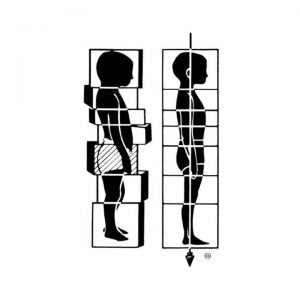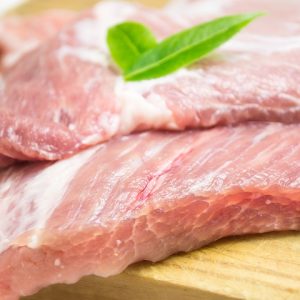Click on any bubble to pause the slideshow.
Fascia is everywhere, it is alive, and it is inside all of us.
Within and around every muscle, surrounding every organ, wrapping every blood vessel and nerve fiber is the organ of form: fascia. Fascia is a continuous web of collagen fibers and elastin fibers. This connective tissue is alive with fibroblast cells synthesizing these fibers and fibroclasts that breaks them down. It is also innervated, densely packed mechanoreceptors (Schleip, 2003). Manual stimulation of these receptors results in decreased muscle tone in the local area, gives proprioceptive feedback for movement control, influences the autonomic nervous system, and changes local vasodilation. Fascia has also been found to have smooth muscle cells (Schleip, 2003). This means that fascia is a strong fibrous tissue like fabric that contains all tissues of the body. Rich with neural receptors, fascia can contract and respond to pressure and stress levels of the person.
Fascia responds to the forces of gravity
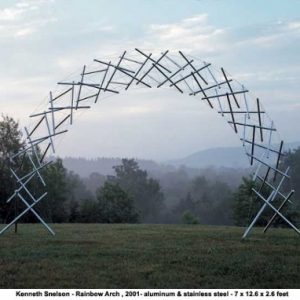 Fascia has tensile strength. It wraps the solid tissues of bone, the dense tissues of muscle, and the liquid tissues of blood, lymph, and interstitial fluid. Gravity pulls bone and water downward, inducing complex forces relating these solids within alive, dynamic fluids. The gravitational tension in fascia organizes these shapes of the body. The result of these forces within the fascia creates posture in the human body, organizing upward like a tensegrity structure.
Fascia has tensile strength. It wraps the solid tissues of bone, the dense tissues of muscle, and the liquid tissues of blood, lymph, and interstitial fluid. Gravity pulls bone and water downward, inducing complex forces relating these solids within alive, dynamic fluids. The gravitational tension in fascia organizes these shapes of the body. The result of these forces within the fascia creates posture in the human body, organizing upward like a tensegrity structure.
The touch of Rolfing® Structural Integration helps to realign fascia in gravity
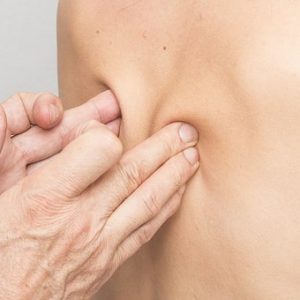 Structural integration is the only touch therapy that links fascial manipulation with gravitational organization of the body. Drawing from peer-reviewed fascial research, Rolfing SI is a complex and systematic model that takes each client through a process that shifts the organization of their individual fascia. The result is more comfort in their body, increased vitality, and improved well-being.
Structural integration is the only touch therapy that links fascial manipulation with gravitational organization of the body. Drawing from peer-reviewed fascial research, Rolfing SI is a complex and systematic model that takes each client through a process that shifts the organization of their individual fascia. The result is more comfort in their body, increased vitality, and improved well-being.
Please enjoy this video prepared by our European Rolfing colleagues describing fascia and structural integration (2011), originally prepared in German it has English translation:
